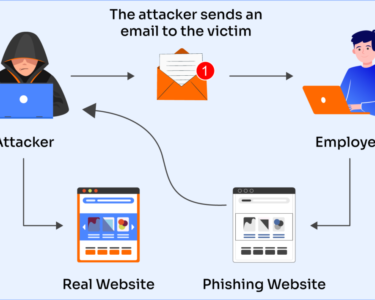
The Human Element in Digital Defense
In the ever-evolving landscape of cybersecurity, the human element remains a critical factor in safeguarding digital systems from threats. While technology plays a vital role in protecting data and networks, it is ultimately the actions and decisions of individuals that can make or break an organization’s security posture.
Insider Threats
One of the most significant human-related risks to digital defense is insider threats. These threats arise from individuals within an organization who have authorized access to sensitive information or systems. Insiders may intentionally or unintentionally compromise security by stealing data, sabotaging systems, or providing unauthorized access to external parties.
Social Engineering
Social engineering is a manipulative technique that attackers use to trick individuals into divulging sensitive information or performing actions that compromise security. By exploiting human vulnerabilities such as trust, curiosity, or fear, attackers can gain access to systems, steal credentials, or spread malware.
Weak Password Hygiene
Poor password hygiene is a common human factor that can lead to data breaches. Weak passwords, such as those that are easily guessed or reused across multiple accounts, make it easier for attackers to compromise systems.
Lack of Security Awareness
Inadequate security awareness is another human-related weakness that can be exploited by attackers. Individuals who are not aware of the importance of cybersecurity or the risks associated with certain behaviors may inadvertently expose their organizations to threats.
Mitigating the Human Element in Digital Defense
Addressing the human element in digital defense requires a multi-faceted approach that includes:
- Security Awareness Training: Providing regular training on cybersecurity best practices and threats helps employees understand their role in protecting the organization’s digital assets.
- Strong Password Policies: Implementing strong password policies that require the use of complex and unique passwords helps reduce the risk of password-related breaches.
- Multi-Factor Authentication: Using multi-factor authentication adds an extra layer of security by requiring users to provide multiple forms of verification when accessing sensitive systems.
- Least Privilege Access: Granting users only the minimum level of access necessary to perform their job duties reduces the risk of insider threats and data breaches.
- Incident Response Planning: Having a well-defined incident response plan in place ensures that organizations can quickly and effectively respond to cyber threats involving the human element.
Conclusion
The human element is an integral part of digital defense. Addressing the human-related risks through security awareness training, strong password policies, multi-factor authentication, and incident response planning is crucial for safeguarding organizations from cyber threats. By empowering individuals to understand their role in protecting the organization’s digital assets, organizations can strengthen their overall security posture and minimize the impact of human-related vulnerabilities.



